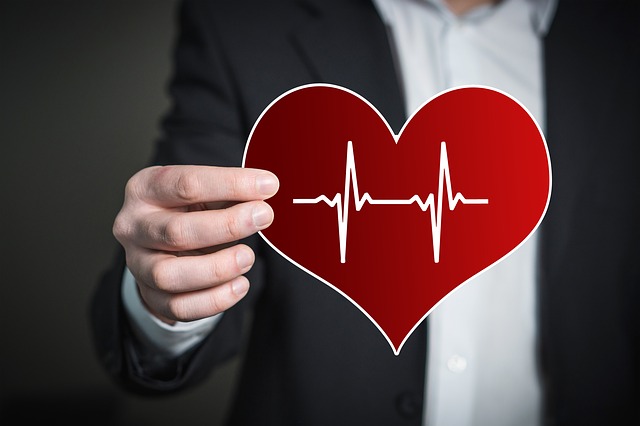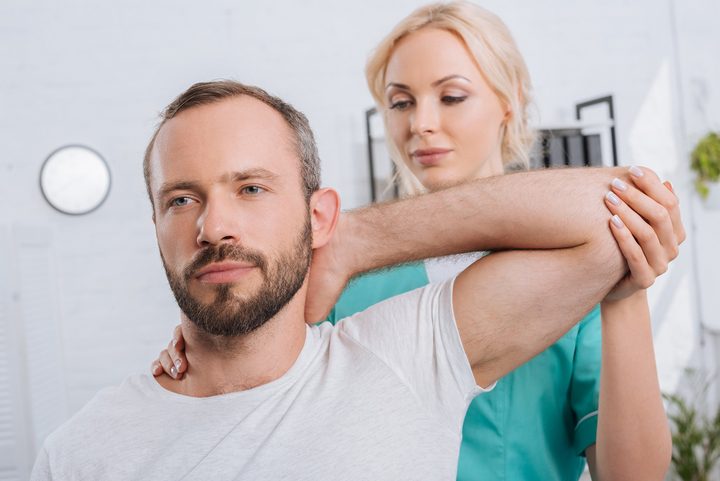Most lower back pain is a result of an injury. It could also result from a disk injury, structural problems, or arthritis. T can wreak havoc with your daily life, making walking, sleeping, and working difficult. Many factors can increase a person’s risk of lower back pain as well, such as a lack of physical activity and obesity. All of this is to say that lower back pain is very common. While the causes of lower back pain vary and can require different treatments, recovery often requires maintaining the spine’s normal curve.
How can you support the curve of your back to decrease your recovery time from lower back pain? These sitting positions can help you feel better as soon as possible.
Sit with Your Feet on the Ground
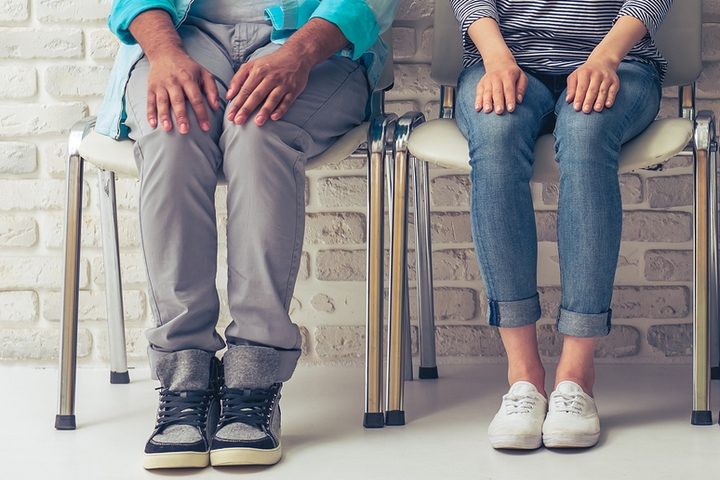
You’ll want to find a sitting position that is comfortable enough to maintain for a while. You will likely find that sitting with your legs crossed causes additional pain.
Generally, the position that puts the least pressure on your back is the one that will ease your pain. Most people find that sitting with their feet firmly planted on the ground helps release some pressure in their back and shoulders, making them more comfortable. It builds a stable foundation for their sitting position.
Avoid the Couch
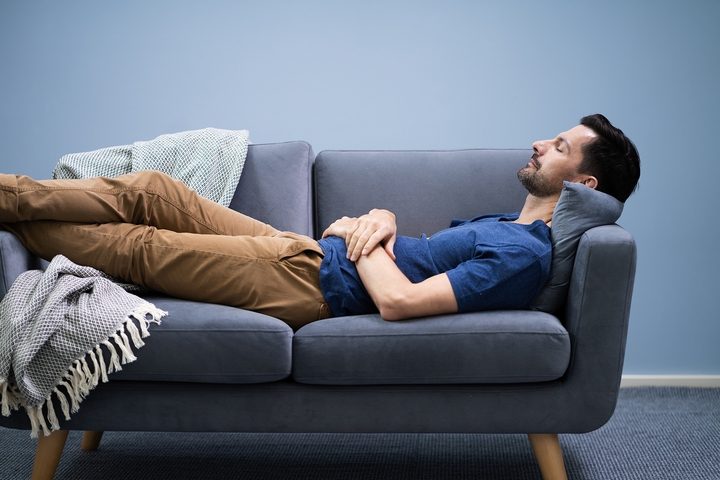
When you have lower back pain, it’s important to maintain the proper spinal posture to heal. This is nearly impossible to do on a couch or bed. Avoid these sitting areas as much as possible and do as much of your sitting as possible in a firm high-back chair with armrests. Rest your arms, keep your spine curved, and your shoulders relaxed.
Use a Back Brace
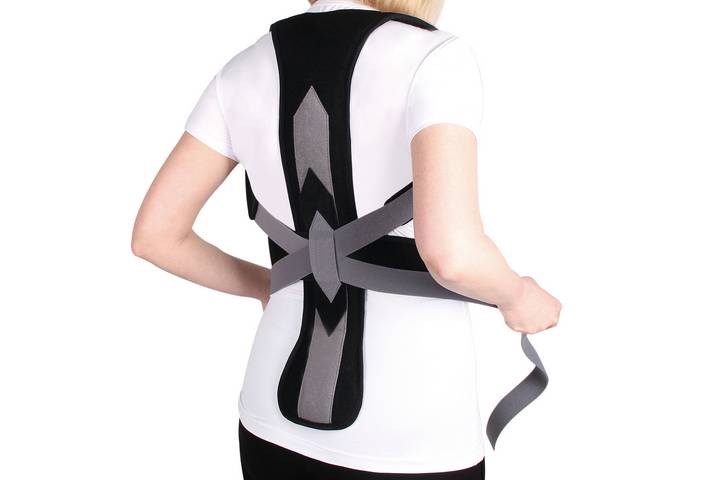
Consider getting a back brace if your lower back pain is chronic and sitting is often painful. An adjustable back brace is an excellent, non-invasive, non-narcotic treatment option that stabilizes your lumbar spine to support your lower back during recovery.
Back braces have been known to help patients heal from even the most complex spinal conditions while enabling them to regain activities of daily living.
Use Back Support
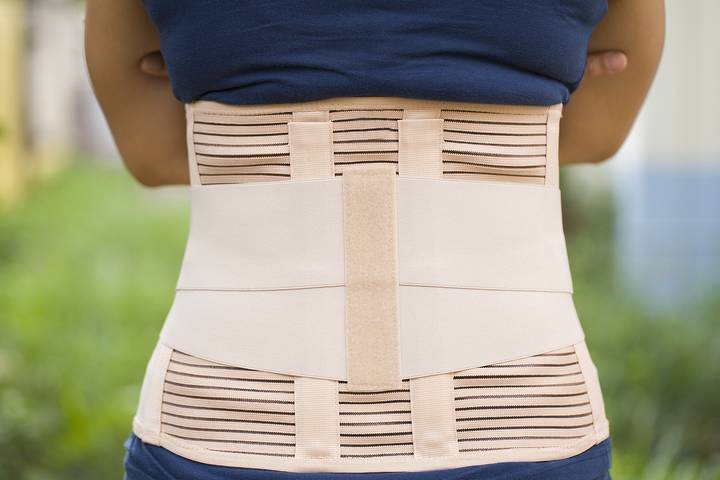
If you’re not sitting in an ergonomic chair with lumbar support, consider creating makeshift back support, such as rolling up a towel and placing it in the curve of your spine to help you maintain the best sitting position that aids recovery. You can also consider investing in a lumbar roll for this purpose.
This is an especially important coping tip for driving, particularly for long distances. When driving, move your seat closer to the steering wheel to better support your lower back without leaning forward and enable a sitting position with bent knees.
Use a Foot Stool
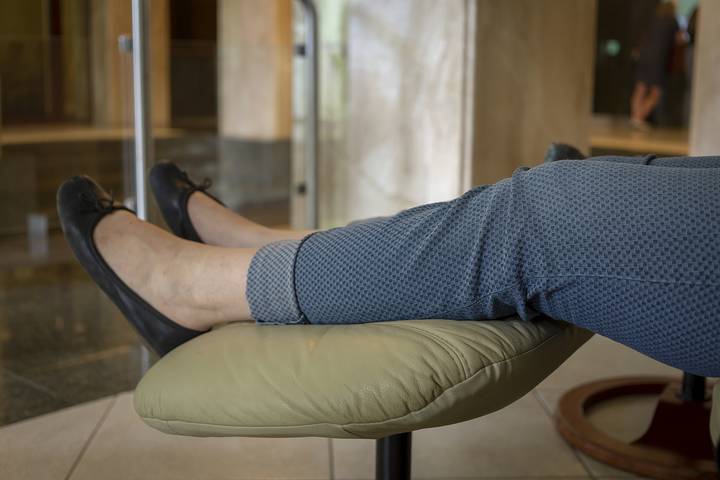
The best sitting position for lower back pain has your thighs and knees at the same level as (or above) your hips. You’ll want to aim for a 90-degree angle. Promoting proper weight distribution can take the pressure off your trunk area. To achieve this position, consider putting your feet up on a footstool.
While this is a simple tip and one that’s easy to accomplish, it can significantly prevent lower back pain when sitting for a long period.
Keep Your Head Aligned with Your Spine
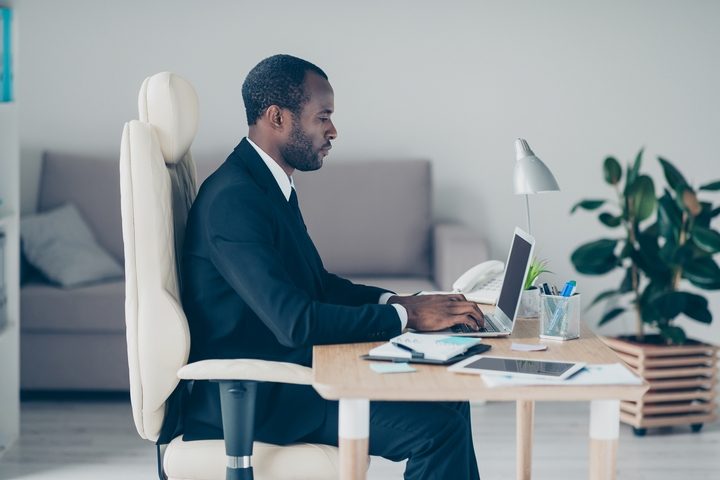
Pulling your head forward while sitting will indirectly affect your entire back. Aligning your head and spine is critical for your spinal health. Looking down for prolonged periods or pulling forward will eventually lead to more strain on your neck and upper back, leading to lower back pain.
Maintain the Natural Curvature of the Lumbar Spine
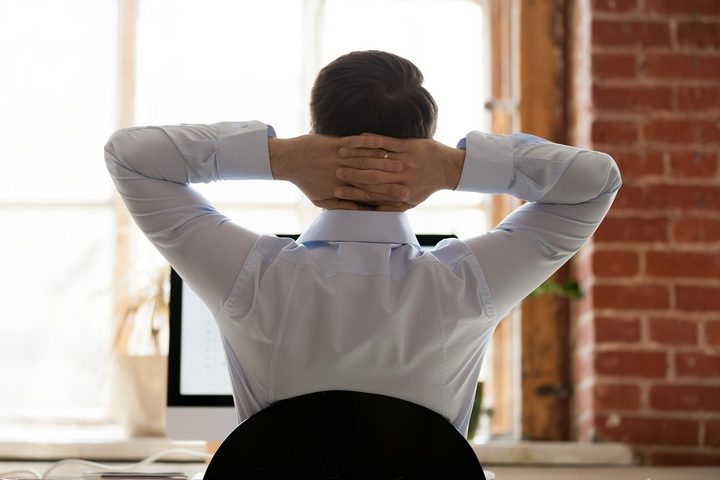
If you don’t have a lumbar roll available, here’s how to get into a good sitting position for lower back pain: Sit at the end of your chair and slouch. Then, straighten your back as much as possible, accentuating the curve in your lower back.
Relax just a little, about 10 degrees. This should give you a comfortable yet good sitting position that relieves pain. Maintaining this natural curvature of your spine prevents it from flattening while sitting.
Sit As Little As Possible

While you’ll need to sit at some point during the day, it’s a good idea to sit as little as possible when you suffer from lower back pain. Take a break, sit for 10 or 15 minutes, then get back up to give your back the time it needs to recover. Even if you feel comfortable sitting down, the reality is that sitting down for a prolonged amount of time in a static position isn’t good for your lower back.
Get up, stretch, and walk around as often as possible to prevent muscle stiffness and boost blood circulation to reduce lower back pain.




